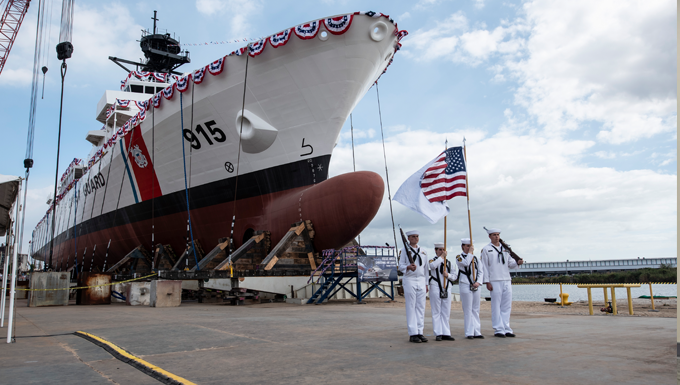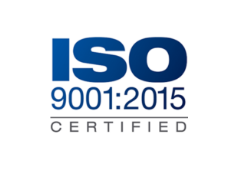ALE was the specialty engineering subcontractor to a major shipyard for the USCG Offshore Patrol Cutter, Phase I, Program.
ALE was an integral teammate during the OPC Program. ALE executed a tailored management plan that resulted in timely and significant Human Systems Integration/Human Factors Engineering (HSI/HFE) and System Safety (SS) design influence. Additionally, ALE reviewed design team artifacts within the HSI/HFE and SS perspective.

ALE provided the following deliverables Under the OPC Phase I contract:
- Human Engineering Program Plan
- Human Systems Integration Program Plan
- Human Engineering Systems Analysis Report (Which included a HE analysis using 3D anthropometric models.)
- Manpower Mix Analysis Report
- Human Engineering Test Plan
- System Safety Program Plan
- Preliminary Hazard List
- Preliminary Hazard Analysis
- Systems Requirements Hazard Analysis - Functional Hazard Analysis Report
- Top-Down Function Analysis
- HSI Issue and Decision Database Report





